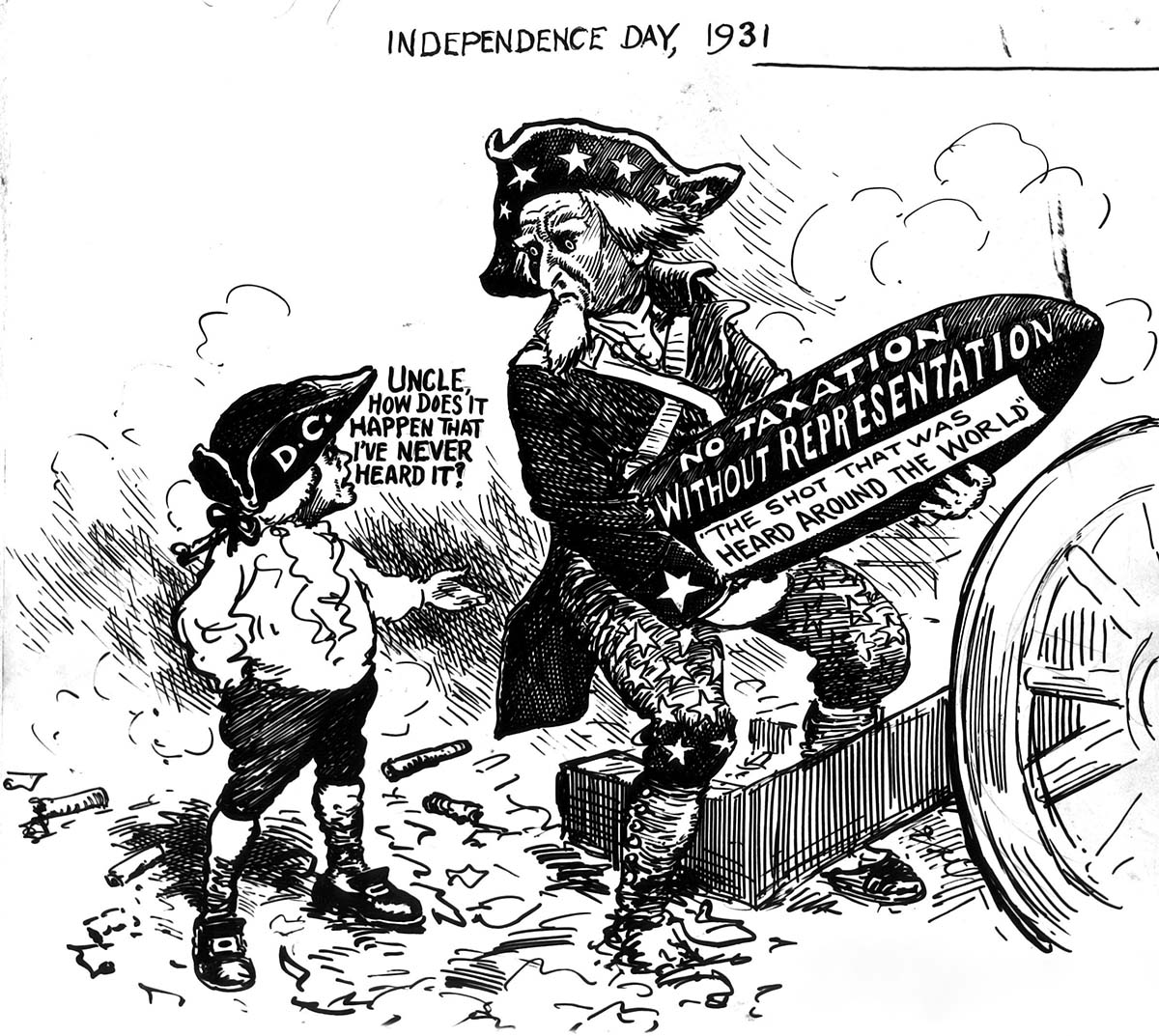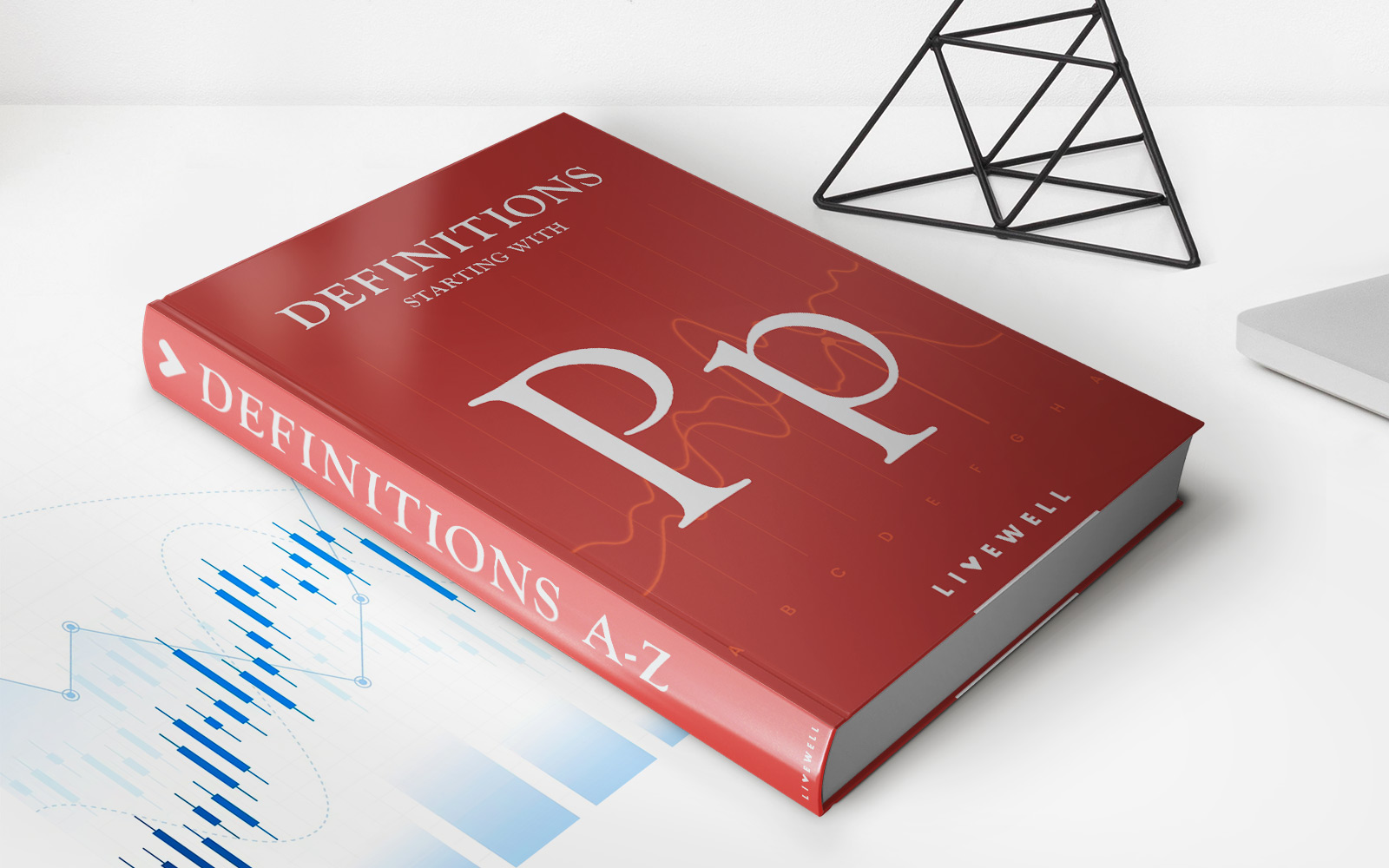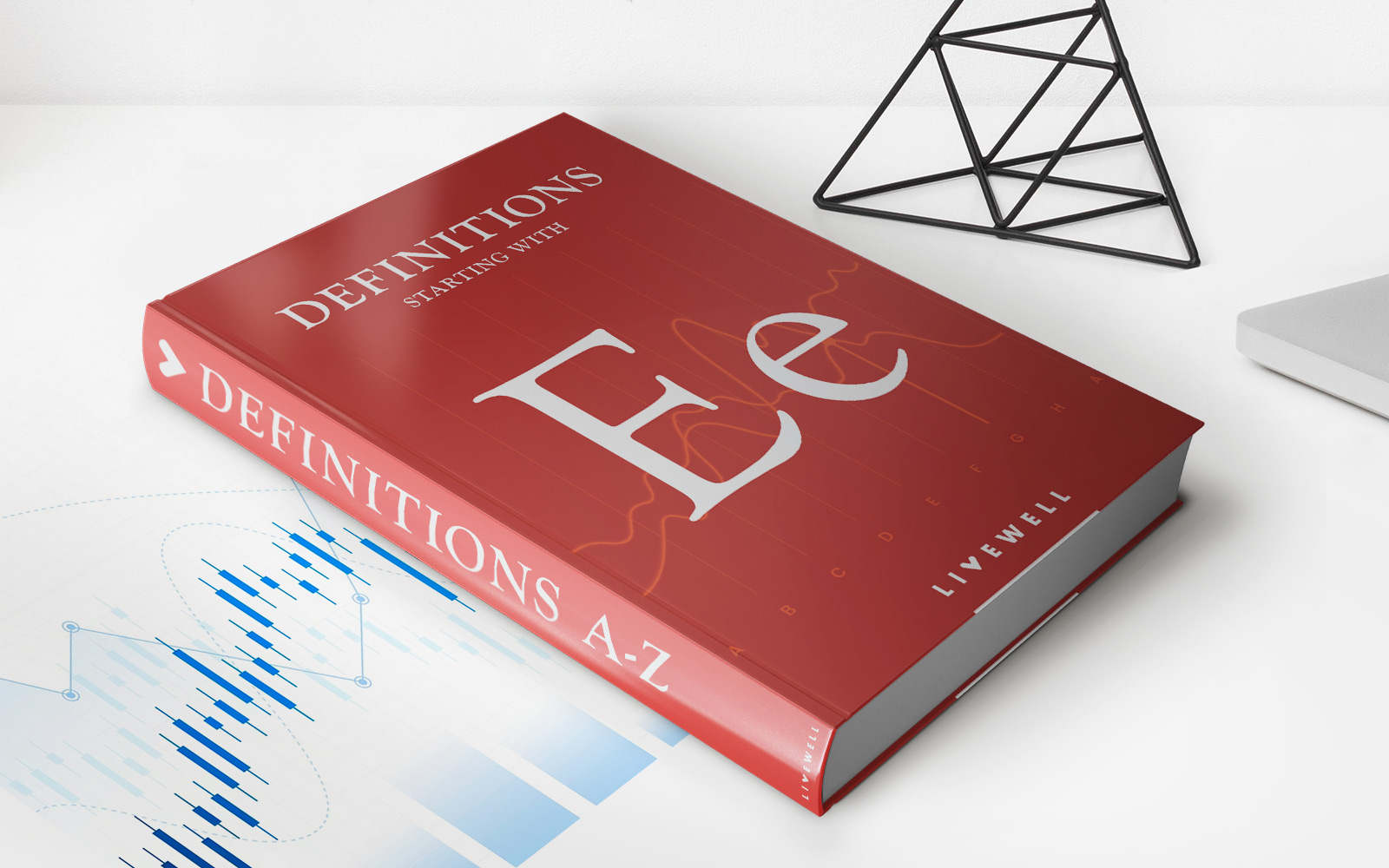

Finance
What Is Representation In Insurance
Published: November 22, 2023
Learn about representation in insurance and its importance in the world of finance. Gain insights into how representation affects insurance policies and claims.
(Many of the links in this article redirect to a specific reviewed product. Your purchase of these products through affiliate links helps to generate commission for LiveWell, at no extra cost. Learn more)
Table of Contents
- Introduction
- Definition of Representation in Insurance
- Significance of Representation in Insurance Contracts
- Legal Implications of Misrepresentation in Insurance
- Types of Misrepresentation in Insurance
- Remedies for Misrepresentation in Insurance Contracts
- Factors Influencing Representation in Insurance
- Best Practices for Accurate Representation in Insurance
- Conclusion
Introduction
Welcome to the world of insurance, where individuals and businesses are protected from financial risks. When it comes to entering into an insurance contract, representation plays a crucial role. Representation in insurance is the process of disclosing accurate and relevant information to the insurer, ensuring transparency and honesty throughout the agreement.
Insurance contracts are legal agreements between the insurer (the insurance company) and the insured (the policyholder). These contracts are based on the principle of utmost good faith, wherein both parties trust each other to provide truthful information. Representation forms the foundation of this principle, as it ensures that the insurer has an accurate understanding of the risks involved in providing coverage.
As an insured individual or business, it is essential to understand the significance of representation in insurance contracts. Accurate representation not only helps in securing the right insurance coverage, but it also prevents potential legal issues that may arise due to misrepresentation or non-disclosure.
In this article, we will dive into the definition of representation in insurance, its significance, legal implications of misrepresentation, types of misrepresentation, remedies for misrepresentation, factors influencing representation, and best practices for accurate representation in insurance.
Definition of Representation in Insurance
Representation in insurance refers to the act of providing accurate and relevant information to the insurer during the process of entering into an insurance contract. It involves disclosing all material facts that may impact the insurer’s decision in providing coverage. Material facts are those facts that could influence the insurer’s assessment of risk or the premium charged.
When applying for insurance, the insured (policyholder) is required to provide complete and truthful information about themselves, their property, or the risks being insured. This information includes personal details, financial information, previous claims history, and any other relevant information that may affect the insurance coverage.
The representation process is a crucial step as it forms the basis of the insurance contract. It allows the insurer to assess the risks involved accurately and determine the appropriate terms, conditions, and premium for the policy. The insurer relies on this information to make an informed decision about whether to accept or deny the application, as well as to set the appropriate coverage limits and pricing.
The insured has a legal duty to disclose all relevant information accurately and honestly. Failure to provide accurate representation can result in the denial of a claim or the voiding of the policy. It is essential for the insured to be diligent in providing all necessary information, as any omission or misrepresentation can have serious consequences.
It is worth noting that representation in insurance extends beyond the application process. Throughout the duration of the policy, if there are any changes or updates to the information provided initially, such as changes in the insured’s circumstances or risk profile, it is the insured’s responsibility to inform the insurer promptly.
In summary, representation in insurance refers to the process of providing accurate and complete information to the insurer during the application and policy period. It is a crucial aspect of insurance contracts, ensuring transparency, fairness, and the proper assessment of risk by the insurer.
Significance of Representation in Insurance Contracts
Representation plays a vital role in insurance contracts, as it ensures transparency, fairness, and the accurate assessment of risks by insurers. Here are some key reasons why representation is significant:
- Accuracy in Risk Assessment: Accurate representation allows insurers to assess the risks involved in providing coverage. By providing complete and truthful information, the insured helps the insurer understand the specific risks associated with the individual or the property being insured. This enables the insurer to set appropriate coverage limits, determine the premium, and make informed underwriting decisions.
- Foundation of Utmost Good Faith: Representation is a fundamental principle of insurance contracts based on the principle of utmost good faith. Both the insured and the insurer have an obligation to act in good faith, providing all material information honestly and transparently. This principle helps foster trust and mutual understanding between the parties involved.
- Protection Against Fraud: Representation acts as a safeguard against fraudulent activities. By requiring accurate information, insurers can detect attempts to deceive or manipulate the insurance process. This helps protect the industry from fraudulent claims and ensures that resources are allocated fairly and appropriately.
- Preservation of Contract Validity: Inaccurate representation or non-disclosure of material facts can have serious consequences. If the insured fails to provide accurate representation, the insurer may have grounds to void the policy or deny a claim. Proper disclosure helps maintain the validity of the insurance contract and ensures that coverage remains intact.
- Provision of Adequate Coverage: Complete and truthful representation helps the insured obtain the most suitable coverage for their needs. By providing accurate information about their risks and circumstances, the insured ensures that the insurance policy adequately protects them in the event of a covered loss, reducing the chances of being underinsured or uninsured.
Overall, the significance of representation in insurance contracts lies in its ability to promote fairness, trust, and proper risk assessment. By providing accurate information, both the insured and the insurer can enter into a valid contract with a clear understanding of the risks involved and the terms of coverage.
Legal Implications of Misrepresentation in Insurance
Misrepresentation in insurance refers to the act of providing false or misleading information to the insurer during the application process or throughout the policy period. Misrepresentation can have significant legal implications for both the insured and the insurer. Here are some key legal implications of misrepresentation in insurance:
- Voiding of the Policy: If the insured makes a material misrepresentation, meaning a misrepresentation that could have influenced the insurer’s decision to provide coverage, the insurer may have the right to void the policy. This means that the policy is considered null and void, and the insurer is no longer obligated to provide coverage or pay any claims.
- Denial of Claims: If misrepresentation is discovered after a claim has been filed, the insurer may have grounds to deny the claim. This can be particularly damaging if the insured has suffered a substantial loss and relied on the insurance coverage for financial protection. Denial of claims due to misrepresentation can lead to financial hardship for the insured.
- Legal Liability: In cases of deliberate or fraudulent misrepresentation, the insured may be held legally liable for their actions. Legal penalties can vary depending on the jurisdiction, but they may include fines, damages, or even criminal charges. Insurance fraud is taken seriously and can result in severe consequences for the individual involved.
- Loss of Coverage: Misrepresentation can also lead to the loss of current and future coverage. If an insurer discovers that the insured provided false information, they may choose to terminate the existing policy and refuse coverage in the future. This can make it challenging for the insured to find alternative insurance options.
- Impact on Premiums: Misrepresentation can have an impact on insurance premiums. If the insurer finds out that the insured provided false information, they may adjust the premium accordingly or charge additional premiums to account for the increased risk. This can result in higher costs for the insured and make insurance less affordable.
It is important for both the insured and the insurer to be aware of the legal implications of misrepresentation in insurance. Insured individuals should ensure they provide accurate and truthful information to the best of their knowledge, while insurers should have robust mechanisms in place to detect misrepresentation and take appropriate actions to protect their interests.
Types of Misrepresentation in Insurance
Misrepresentation in insurance can take various forms, ranging from innocent mistakes to deliberate falsification of information. Understanding the different types of misrepresentation can help insured individuals and insurers identify potential issues and take appropriate actions. Here are some common types of misrepresentation in insurance:
- Innocent Misrepresentation: This type of misrepresentation occurs when the insured provides false information unintentionally or unknowingly. It may be due to a lack of knowledge or misunderstanding of the facts. Though not intentional, innocent misrepresentation can still have legal consequences if the misrepresentation is material and influences the insurer’s decision to provide coverage.
- Negligent Misrepresentation: Negligent misrepresentation refers to the situation where the insured makes false statements without exercising reasonable care or researching the accuracy of the information provided. The insured may not have intended to deceive the insurer but failed to exercise due diligence in ensuring the accuracy of the information.
- Deliberate Misrepresentation: Deliberate misrepresentation, also known as fraudulent misrepresentation, involves the intentional provision of false information. This type of misrepresentation is a deliberate attempt to deceive the insurer and obtain insurance coverage or benefits fraudulently. It can lead to severe legal consequences, including criminal charges.
- Concealment: Concealment occurs when the insured intentionally omits or hides material facts that should have been disclosed to the insurer. Failure to disclose an important fact that would have influenced the insurer’s decision to provide coverage constitutes concealment. It is important to note that the insured has a duty to disclose all material facts, even if not explicitly asked by the insurer.
- Misrepresentation by Silence: Misrepresentation by silence occurs when the insured fails to provide relevant information that is material to the insurance contract. This can happen when the insured deliberately chooses not to disclose a known fact that could affect the insurer’s assessment of risk or the premium charged.
It is crucial for insured individuals to provide accurate and complete information during the insurance application process and throughout the policy period. Likewise, insurers should have robust underwriting processes in place to identify and address any potential misrepresentations. By understanding the different types of misrepresentation, both insured individuals and insurers can work together to ensure transparency and maintain the integrity of insurance contracts.
Remedies for Misrepresentation in Insurance Contracts
When misrepresentation occurs in insurance contracts, there are various remedies available to address the issue and protect the interests of both insured individuals and insurers. These remedies aim to rectify the effects of misrepresentation and restore fairness and integrity to the insurance contract. Here are some common remedies for misrepresentation in insurance contracts:
- Policy Voidance: If a material misrepresentation is discovered, the insurer may choose to void the policy. This means that the insurance contract is considered null and void from the beginning, and the insurer is released from any obligations to provide coverage or pay claims. Voidance may be applicable for both innocent and deliberate misrepresentations.
- Claim Denial: In cases where misrepresentation is discovered after a claim is filed, the insurer may have grounds to deny the claim. If the misrepresentation is material and has a direct impact on the claim, the insurer can refuse to pay the claim, citing the breach of the duty of utmost good faith. The insured may lose the opportunity to receive compensation for the loss.
- Premium Adjustment: Insurance contracts are based on the assessment of risks, and misrepresentation can affect the accuracy of this assessment. In cases where misrepresentation is discovered but does not warrant policy voidance or claim denial, the insurer may adjust the premium. The premium adjustment reflects the accurate risk assessment, ensuring that the insured pays an appropriate premium based on the disclosed information.
- Rescission: Rescission is a legal remedy that allows the insurer to cancel the insurance contract and return both parties to their pre-contractual position. Rescission typically occurs when the misrepresentation is fraudulent, deliberate, or material. It involves the return of premiums paid by the insured, and both parties are released from their contractual obligations.
- Limited Coverage: In some cases, if the insurer discovers misrepresentation but does not choose to void the entire policy, they may limit the coverage provided. The insurer may exclude certain risks or impose specific conditions to mitigate the effects of the misrepresentation. This ensures that the insurance contract remains valid and enforceable, but with adjusted terms and conditions.
The specific remedies available for misrepresentation vary depending on the jurisdiction and the nature of the misrepresentation. It is crucial for both insured individuals and insurers to be aware of their rights and responsibilities regarding misrepresentation. Open communication, transparency, and honesty are key to avoiding misrepresentation and maintaining the integrity of insurance contracts.
Factors Influencing Representation in Insurance
Representation in insurance is influenced by various factors that can impact how individuals provide information and insurers assess risks. Understanding these factors is essential to ensure accurate and transparent representation in insurance contracts. Here are some key factors that influence representation in insurance:
- Knowledge and Understanding: The level of knowledge and understanding of insurance policies and terms can influence how individuals represent themselves. Those with a strong grasp of insurance concepts may be better equipped to provide accurate and comprehensive information to insurers.
- Communication and Disclosures: Effective communication between the insured and the insurer is crucial for accurate representation. Clear and concise disclosures from the insurer, as well as proper guidance and clarification, can ensure that the insured understands the information required and can provide it accurately.
- Cultural and Language Factors: Cultural norms and language barriers can affect how information is represented in insurance. Different cultural backgrounds may have varying approaches to disclosure and interpretation of risks. Language barriers can also impact the accuracy of representation if the insured has difficulty expressing themselves or fully understanding insurance terms.
- Complexity of Risks: The complexity of the risks being insured can influence how accurately they are represented. Highly technical or specialized risks may require a deeper level of understanding and expertise to accurately disclose and assess.
- Professional Advice: Individuals may seek professional advice from insurance brokers, agents, or advisors when representing themselves. The quality of advice received can impact the accuracy and completeness of the information provided.
- Regulatory Frameworks: Legal and regulatory frameworks surrounding insurance can shape representation practices. Regulatory requirements may dictate specific information that must be disclosed and the consequences of misrepresentation. Compliance with these regulations is crucial for both insured individuals and insurers.
- Trust and Incentives: The level of trust between the insured and the insurer can influence the depth and accuracy of representation. Trustworthy insurers that prioritize customer satisfaction may encourage insured individuals to provide full and accurate information. Additionally, incentives provided by insurers, such as discounts or additional coverage options, can motivate insured individuals to represent themselves accurately.
These factors highlight the complexity of representation in insurance and the need for open communication, understanding, and compliance with regulatory requirements. Insured individuals should make every effort to provide accurate and complete information, while insurers should create an environment that encourages truthful representation and provides appropriate guidance throughout the process.
Best Practices for Accurate Representation in Insurance
Accurate representation is crucial in insurance to ensure fair and transparent coverage for all parties involved. To promote accurate representation, insured individuals should follow best practices during the application process and throughout the policy period. Here are some best practices for accurate representation in insurance:
- Provide Complete Information: Insured individuals should provide all requested information in the application form accurately and honestly. It is important to disclose all material facts that could influence the insurer’s decision to provide coverage.
- Understand Insurance Terms: Take the time to understand insurance terms, policy coverages, and exclusions. If there are any questions or confusion, seek clarification from the insurer or insurance agent to ensure accurate representation.
- Document Information: Keep documentation and records of important information related to the insurance coverage. This includes policy documents, correspondence with the insurer, and any changes or updates to the insured’s circumstances or risks.
- Update Information Promptly: Notify the insurer promptly of any changes to the information provided, such as changes in address, occupancy, or material changes to the risks being insured. Failure to update information can lead to inaccurate representation and potential claim denials.
- Be Diligent in Disclosures: Be diligent in providing accurate and complete information, even if not explicitly asked by the insurer. The duty of utmost good faith requires insured individuals to disclose all material facts that could affect the insurer’s assessment of risk.
- Seek Professional Advice: If unsure about any aspect of the insurance coverage or the information to be provided, seek advice from insurance brokers, agents, or advisors. They can provide guidance and ensure accurate representation.
- Review Policy Terms and Conditions: Take the time to review the policy terms and conditions thoroughly. Understand the coverage limits, deductibles, and any specific conditions or exclusions that may apply.
- Report Claims Promptly: In the event of a loss or claim, report it to the insurer promptly and provide all necessary documentation and information accurately. Prompt reporting ensures a smooth claims process and helps prevent potential issues of misrepresentation.
- Maintain Transparency and Honesty: Maintain transparency and honesty throughout the insurance relationship. Communicate openly with the insurer and promptly respond to any requests for additional information or documentation.
Following these best practices can help insured individuals maintain accurate representation in insurance contracts. It promotes transparency, ensures proper coverage, and reduces the risk of claim denials or policy voidance due to misrepresentation.
Conclusion
Representation in insurance is a critical aspect of insurance contracts, ensuring transparency, fairness, and the accurate assessment of risks. Insured individuals have a legal obligation to provide accurate and complete information to insurers, while insurers rely on this information to make informed decisions about coverage and premium calculations.
Misrepresentation in insurance can have significant legal implications, including voidance of the policy, denial of claims, and potential legal liability for the insured. It is crucial for insured individuals to be diligent in providing accurate representation and promptly updating the insurer about any changes in their circumstances or risks.
Factors such as knowledge, communication, cultural considerations, and regulatory frameworks influence the representation process. Insured individuals should be aware of these factors and strive to provide accurate and complete information, while insurers should create an environment that encourages truthful representation and provides guidance throughout the process.
To ensure accurate representation, insured individuals should follow best practices, including providing complete information, understanding insurance terms, updating information promptly, and seeking professional advice when needed. Transparency, honesty, and open communication between insured individuals and insurers are key to maintaining the integrity of insurance contracts.
In conclusion, accurate representation is essential for the successful functioning of insurance contracts. By upholding the principles of utmost good faith and adhering to best practices, insured individuals and insurers can establish a foundation of trust and ensure fair and transparent coverage for all parties involved.














